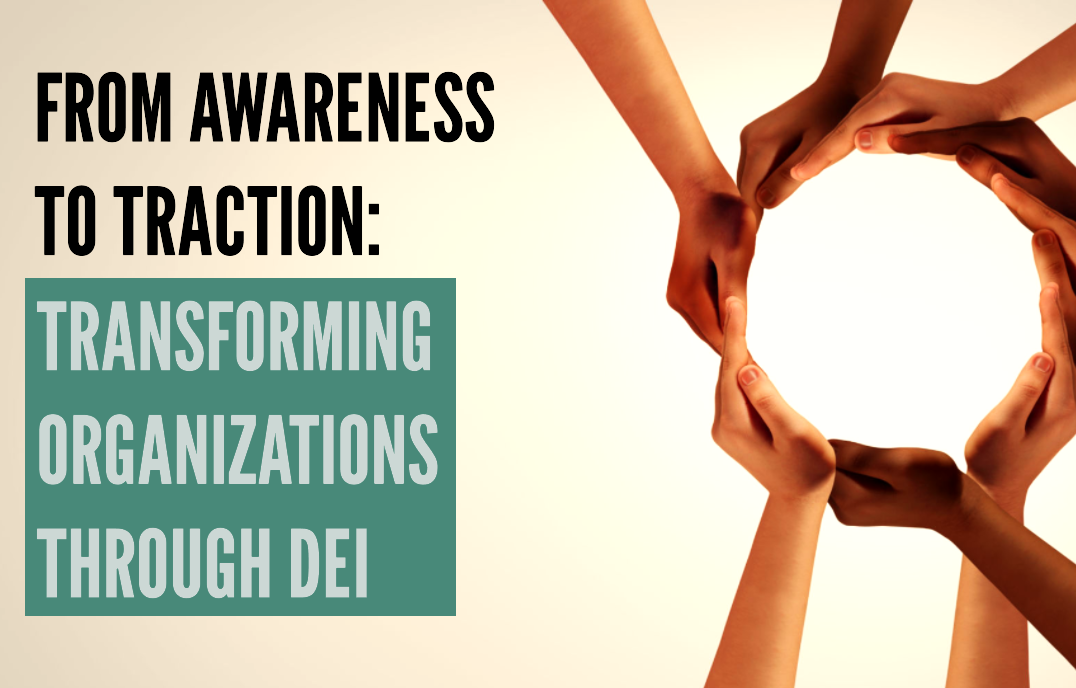The murder of George Floyd in May of 2020 served as a catalyst for organizations worldwide to confront systemic racism and address the lack of diversity, equity, and inclusion (DEI) within their ranks. In the three-plus years since, some of our clients have made real breakthroughs in DEI, while others have fallen victim to their own performative attempts to make changes. Here are five ways we’ve observed leaders move beyond symbolic gestures to gain real traction and create truly inclusive, more powerful workplaces.
- Acknowledge the Need for Change. In the summer of 2020, organizations recognized the urgency to name and address deeply ingrained biases in their work environments. Many started by issuing statements condemning racism, and expressing commitment to diversity, equity, and inclusion. This initial step played a pivotal role in raising awareness and initiating conversations within organizations.
a - Implement Structured Training and Education. Recognizing the importance of dialogue and education, DEI-designated leaders developed town halls, workshops, and training programs to promote awareness of unconscious biases, racism, and discrimination. These programs aimed to empower employees with the knowledge and tools to recognize and combat systemic inequalities. A culture of continuous learning on the many complexities of DEI helped to build a solid foundation for meaningful change.
a - Build Diverse and Inclusive Workforces. To improve diversity within their ranks, strategies were implemented to attract and retain talent from underrepresented communities. Recruitment practices were revised to eliminate biases and ensure equal opportunities for all candidates. These organizations focused on creating inclusive environments where employees felt valued and supported, regardless of their backgrounds.
a - Establish Accountability and Transparency. Leaders played a crucial role in driving change by establishing clear accountability measures and fostering transparency. Diversity and inclusion goals were set, progress was tracked, and this information was made accessible to all employees. Transparent reporting allowed organizations to identify gaps and take corrective actions promptly. By holding themselves accountable, leaders created a culture of trust and integrity, ensuring that DEI became integral components of the organizational fabric.
a - Empowering Employee Resource Groups. Employee resource groups (ERGs) were empowered and provided with the necessary resources and support to thrive. ERGs played a vital role in amplifying diverse voices, providing mentorship, and influencing policies and practices within organizations. Leaders actively engaged with ERGs, seeking input, and leveraging their expertise to drive change.
On one end of the spectrum, organizations that have gotten DEI wrong have served no one. They’ve leaned on safe, outdated practices that are perceived as noncommittal and inauthentic. On the other end, organizations that have gotten DEI right have benefitted from fostering diverse perspectives and experiences, and are now leveraging the inherent value of a psychologically safe and thriving workforce.
Question: What grade would you give your organization for getting DEI right in the past three years?




